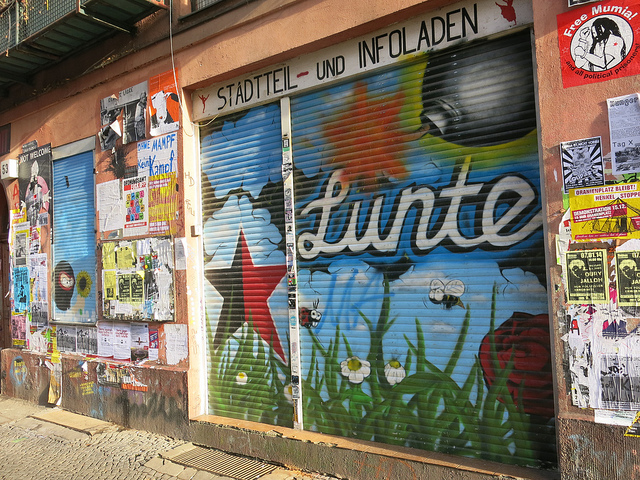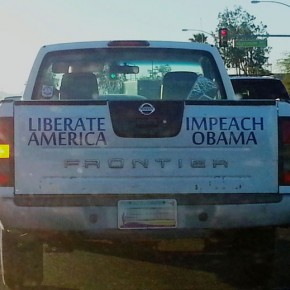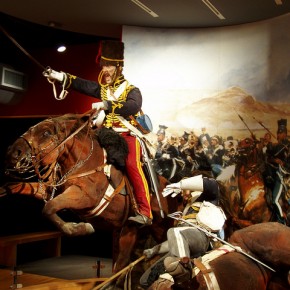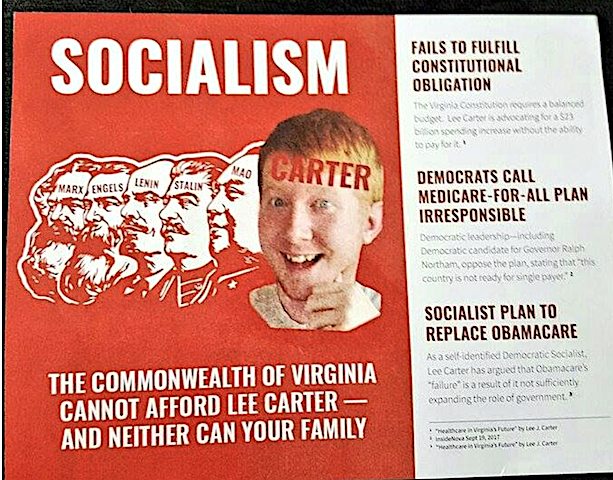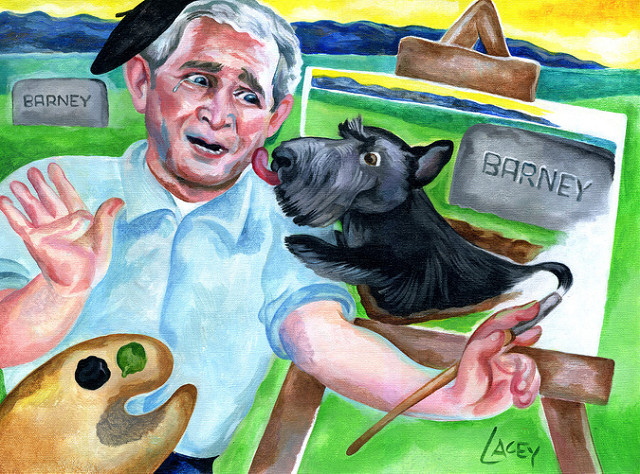Most Americans who walk around Berlin are shocked. Graffiti is everywhere: storefronts, walls, and even the sides of entire buildings. They find it surprising. After all, this is the type of thing that was crushed by aggressive policing in cities like New York during the 1980s and 1990s.
Local governments in the US reacted to graffiti as a projection of a wider society that was losing control. The alleged chaos of it was brought in line by law and order. For the most part, the only traditional street art (as in, on the street, not in galleries or books) that gains steam in American cities today are by market-approved (“hip”) artists like Banksy.
However, Berlin, and indeed much of Europe, treats “graffiti” as street art and tolerates it as a form of public expression. The distinction couldn’t be more stark between Berlin’s neighborhoods and their equivalents in places like today’s Manhattan.

It is really a tragedy that the American scene was essentially crushed. Public street art is crucial to urban life. Anyone who has studied public policy will tell you that how a city is modeled has deeper consequences in the psychologies of its residents. That includes how they look.
It is much easier to feel as though your life is meaningless when everything is presented to you in shades of grey. It is also much easier to feel engaged in the world around you, including in its political realms, when the urban landscape is brought alive with artwork that compels you to do that.

There is also a wider debate to be had here about the so-called “right to the city.” The major reason that American graffiti was shot down is because it violated property laws. The people owning the canvases, be they high-rises, small businesses, or anything else, objected to their property being exploited by street artists.
As a result, police departments defended their interests, and most of the early street art, in the late 1970s and early 1980s, was wiped out. Fittingly, the New York graffiti landmark 5 Pointz was recently destroyed for the same reason: the owners just didn’t want the graffiti. It is their property, after all, so they can do what they want with it.

Is that an entirely valid claim, though? The argument for allowing street art partially arises from the idea that urban space belongs to the public. That means everyone who inhabits the city, not just the ones who own the deeds. Therefore, why shouldn’t it be transformed into something beautiful that can be shared with the entire community? Is it better for community health for that artwork to be crushed, just because certain property belongs to a politically-influential segment of society?

Of course, street art only invites that discourse if you’re willing to entertain some pretty left-wing questions. Many Americans have been brought up with a civic religion that enshrines private property. As a result, the argument of “it’s mine, I can do what I want with it!” has a lot of rhetorical strength. Even the idea of something belonging to the community, rather than the individual, can arise accusations of violent expropriation by the state.
This leads to frustratingly squandered opportunities like the emerging New York scene. It will probably keep happening unless there is a new consciousness about private property in the United States. It is not as though the groundwork doesn’t exist. Even the judge who ruled on 5 Pointz’s demolition expressed personal remorse at the fact that there were no firm options to preserve the street art since it was the owner’s private property. The systematic barriers are just accepted begrudgingly as “how things are.”
We need to remember something important, though. Although American property law purports to balance common and individual rights, it is a hazy balance at best. Part of the reason why is because the definition of “property” has changed so much in the course of American history, but legal structures have been slow to adapt. As a result, “personal property” continues to be defended in a libertarian manner, despite the fact that we now have (mostly) public works, railways, and most importantly, emancipated slaves.
Until that changes, and attitudes become more progressive about land use, it is very likely that the United States will never have a graffiti scene as compelling as the one in Berlin. That is, unless it’s being commissioned as a way to entertain the yuppies who are participating in gentrification.
Photographs courtesy of the author.
